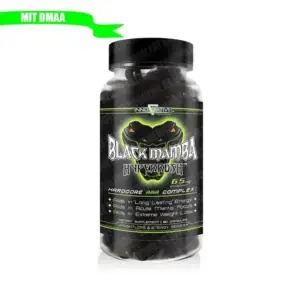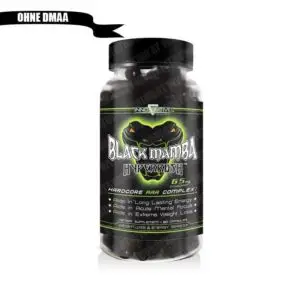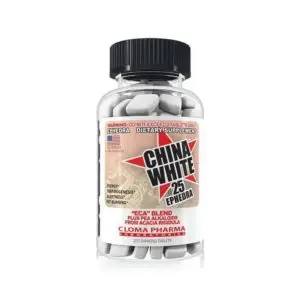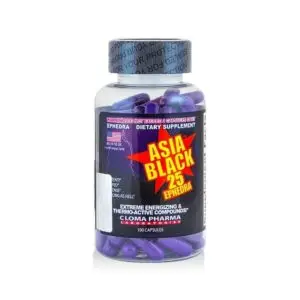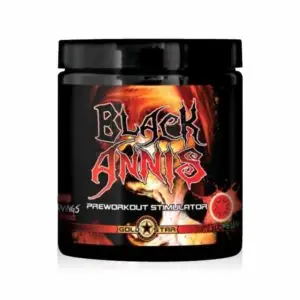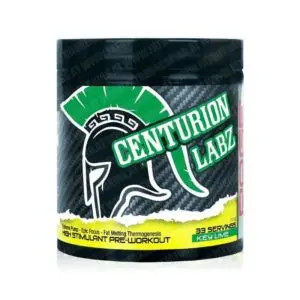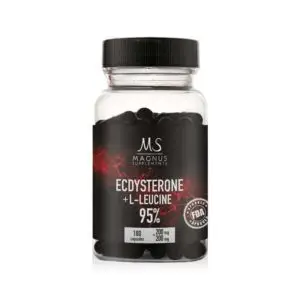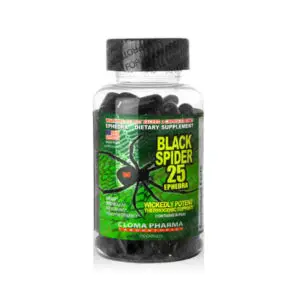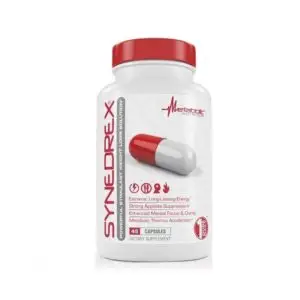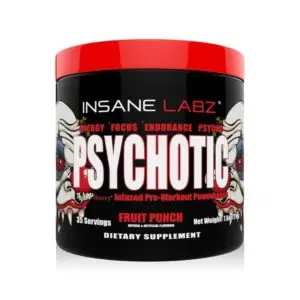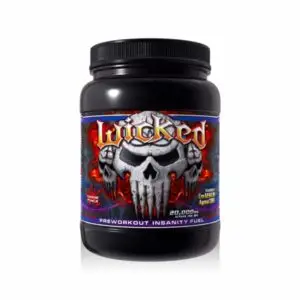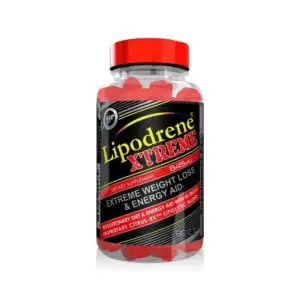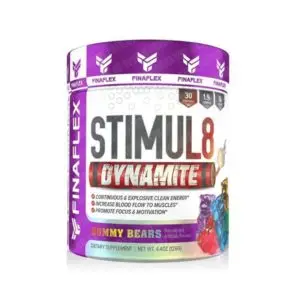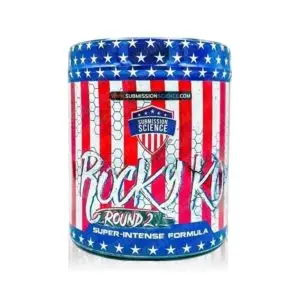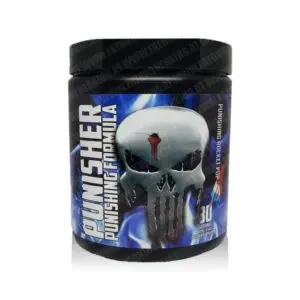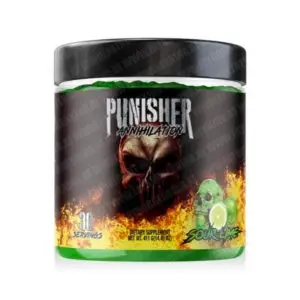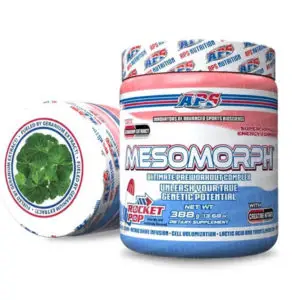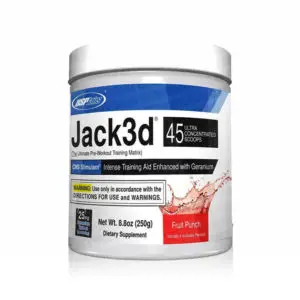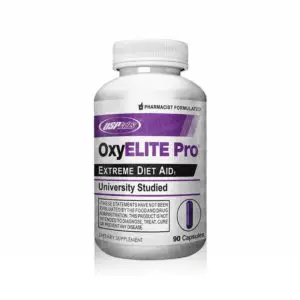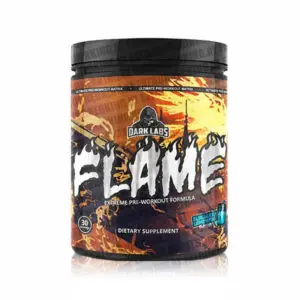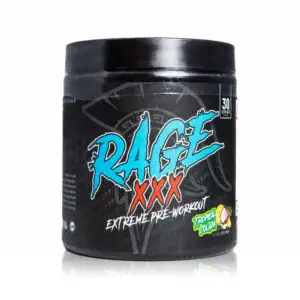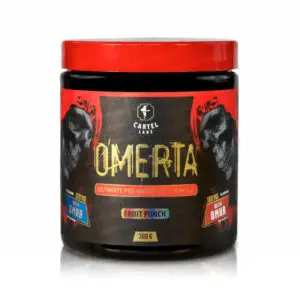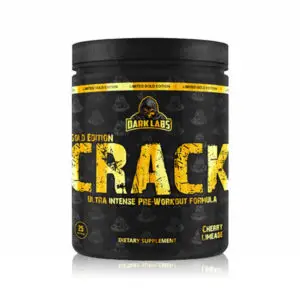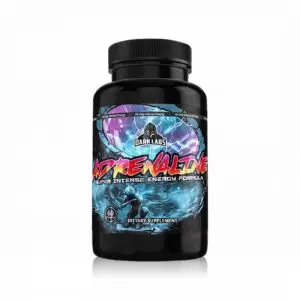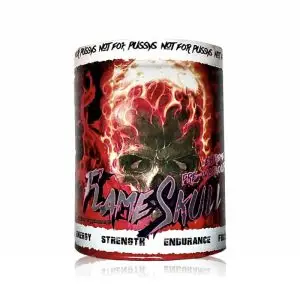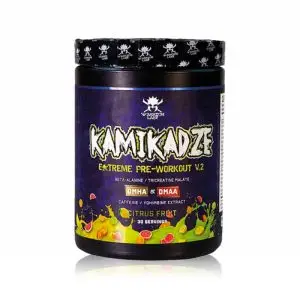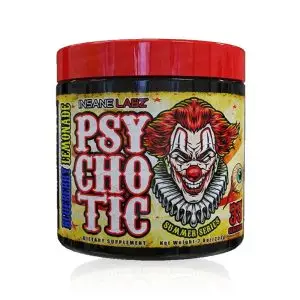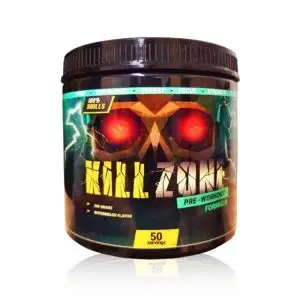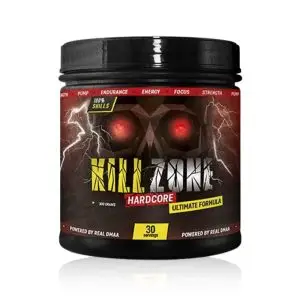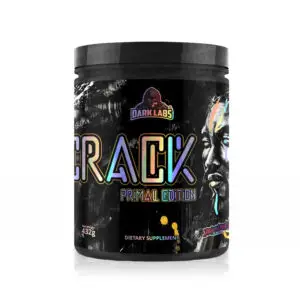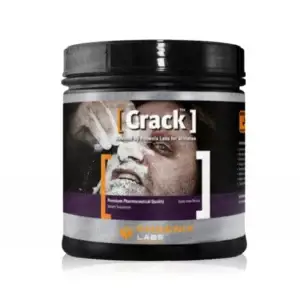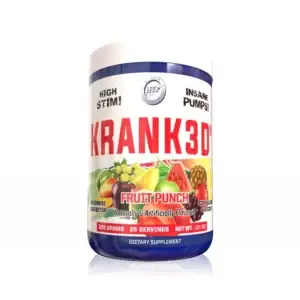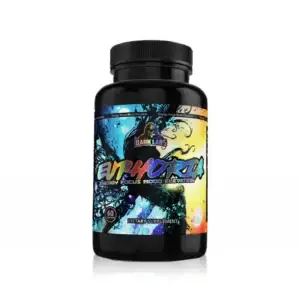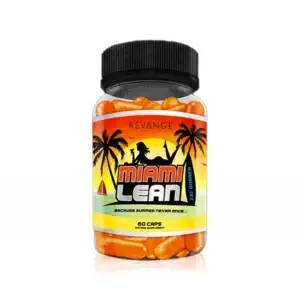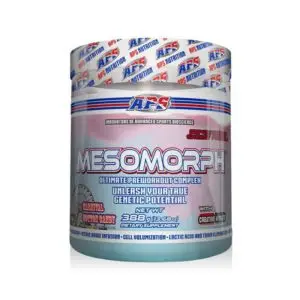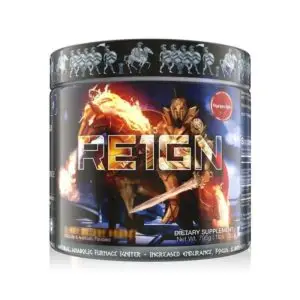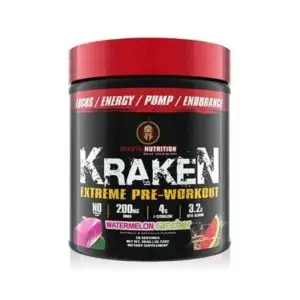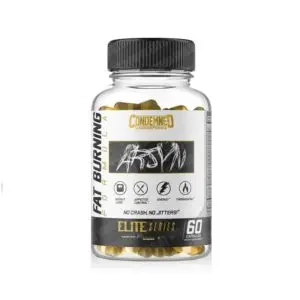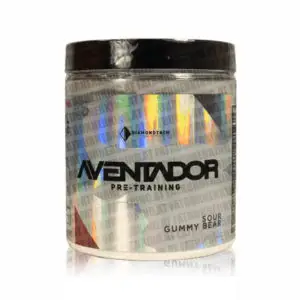DMHA, or 1,5-dimethylhexylamine, is a stimulant that is often used as a performance-enhancing agent in sports products and has some similarities to DMAA. While the intake of this substance is controversial, many athletes swear by its positive effects.
What is DMHA?
DMHA, also known as 1,5-dimethylhexylamine or octodrine, is a chemical substance that is categorized as a stimulant and has structural similarities to amphetamines. In the fitness and bodybuilding scene, DMHA has gained popularity as it is often used as a performance-enhancing ingredient in pre-workout boosters.
DMHA compared to DMAA
DMHA, also known as dimethylhexylamine or octadrine, is a chemical compound that is considered a promising hardcore booster in the fitness world. In contrast to DMAA, which is also known as a performance-enhancing substance, DMHA offers a stimulating effect with less drastic after-effects.
Comparison of DMHA and DMAA:
| Factor |
DMHA |
DMAA |
| Effect |
Increases noradrenaline and dopamine |
Also increases noradrenaline |
| Intensity |
Milder effect |
Stronger effect |
| After-effects |
More balanced, less crash |
Often a heavy crash |
| Focusing |
Good focus |
Strong focus |
DMHA increases the release of the hormones noradrenaline and dopamine, which leads to a significant increase in energy during training. Consumers report a similar focus as with DMAA, but with a more balanced feeling.
The use of methylhexanamine (DMAA) is now restricted in many countries, which is why DMHA is increasingly seen as an alternative. Despite its benefits, the recommended daily dose should not be exceeded in order to prevent potential side effects and health risks. DMHA is often used in a pre-workout booster, so-called "DMHA boosters", especially for hard training sessions to achieve maximum energy.
Possible benefits of DMHA for athletes
DMHA is increasingly seen in the fitness and bodybuilding scene as a performance-enhancing alternative to well-known stimulants. Compared to older substances such as DMAA, DMHA offers a milder effect with less severe after-effects. These properties make it an attractive option for athletes who want to improve their performance without risking unpleasant side effects.
Improving athletic performance
DMHA, also known as 2-aminoisoheptane, is a stimulant known for its ability to enhance athletic performance. It provides extreme amounts of energy that can improve both endurance and mental toughness in athletes. A particular benefit of DMHA is its ability to delay muscle fatigue during hard training sessions. This allows athletes to potentially increase their performance.
Another notable property of DMHA is its bronchodilator effect, which increases aerobic capacity and improves oxygen flow. When combined with other stimulant ingredients such as caffeine or (in the past) DMAA, it can lead to a significant increase in exercise performance. Products containing DMHA often offer a potent blend of ingredients that provide improved energy and endurance during intense workouts.
Influence on concentration and focus
DMHA has a strong effect on concentration and provides a similar focus to DMAA, but with a more balanced effect. The focus comes on quickly during training and remains strong for around 60 minutes before slowly fading.
Users report a positive mood and improved concentration in the gym without feeling too aggressive or overstimulated. The substance modulates the release of dopamine and noradrenaline, which supports training intensity and motivation during exercise.
Compared to conventional stimulants, DMHA is perceived as milder. This mild effect allows for a smoother increase in focus and concentration without causing the strong crash that often occurs with other stimulants. This property makes DMHA particularly attractive to those seeking a stimulating effect on the central nervous system, but without the unpleasant after-effects.
Dosage of DMHA
The dosage of DMHA is an essential aspect when using this active ingredient in pre-workout boosters and other fitness-related products. An oral intake of 100 to 150 mg per day is recommended. This amount corresponds to around 35 to 50 mg of the popular substance DMAA, which is now regulated in many countries. DMHA is often found in doses of 50 to 250 mg per serving, whereby such an intake should not be exceeded within a 24-hour period.
Here is an overview of the dosages:
| DMHA per portion |
Correspondence in DMAA |
| 100-150 mg |
35-50 mg |
| 50-250 mg |
Corresponding variations |
Compared to DMAA, DMHA has the advantage of being perceived as milder, which manifests itself in a reduced drop in performance or "crash" after ingestion. Since DMHA is often found in pre-workout boosters and is often combined with other stimulating ingredients, users should pay attention to the recommended daily intake to minimize health risks.
It is important that healthy adults in particular do not exceed the recommended daily dose of DMHA to avoid possible negative effects while achieving maximum energy for hard training sessions.
Possible risks and side effects
DMHA is a sympathomimetic that can increase the release of the neurotransmitters dopamine and noradrenaline. This effect leads to a stimulation of the cardiovascular system, which can be both beneficial and potentially dangerous. One of the best known side effects is the vasoconstrictive effect on the nervous system, which can increase blood pressure. This effect indicates potential health risks, especially for people with existing health problems.
Some risks associated with DMHA similar to high amounts of caffeine include restlessness, insomnia, increased heart rate and nervousness. It is important that the use of DMHA is assessed on an individual basis as the effects and side effects can vary from person to person. It is recommended to start with a small amount if you are unsure about allergic reactions or hypersensitivity.
Health risks with excessive intake
Excessive intake of DMHA can have serious health consequences. One important danger is that the increased release of neurotransmitters such as dopamine and noradrenaline can produce an amphetamine-like effect. This effect could intensify undesirable side effects that go beyond the mild effects of caffeine.
Combining DMHA with caffeine may increase the risk of chronic blood pressure elevation, which is particularly risky for individuals with existing cardiovascular disease. Despite its widespread use in fitness products, there is insufficient information on the long-term health effects of DMHA. This knowledge gap makes accurate risk assessment difficult.
It is therefore crucial to carefully adhere to the recommended daily intake of DMHA in order to reduce potential health risks and minimize unwanted side effects.
Summary and conclusion
DMHA, also known as 2-aminoisoheptane HCL, is a stimulant that is often used in pre-workout boosters or fat burner products. It causes an increased neurotransmitter release of dopamine and noradrenaline, similar to DMAA, which is also known as a stimulant substance. These chemical compounds stimulate the cardiovascular system, which provides energy during exercise. DMHA offers benefits such as euphoria and reduced pain sensation, but with a more moderate effect compared to DMAA and DMBA, as it does not cause a strong "crash".
For healthy adults, DMHA can be a promising alternative to other stimulants, especially during hard training sessions to achieve maximum energy. When using DMHA products for the first time, it is advisable to start with a small amount to minimize potential side effects or allergic reactions.
To summarize:
- Area of application: Frequently used in pre-workout boosters.
- Advantages: Euphoria, increased energy, milder effect than DMAA.
- Caution: Slow dose increase recommended.
These factors emphasize that careful consideration of the recommended daily intake is crucial when using DMHA in order to avoid health risks.

